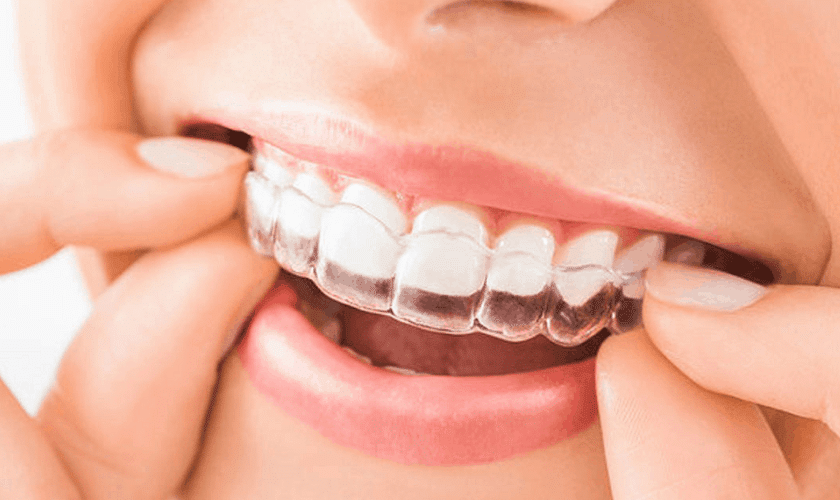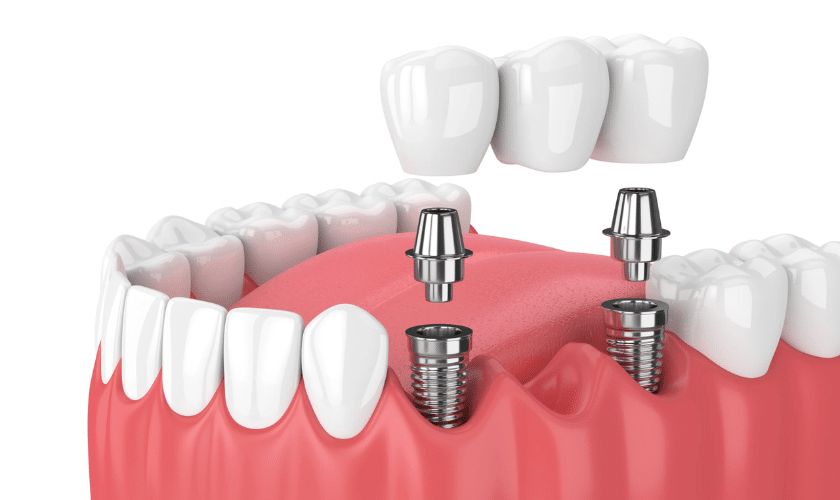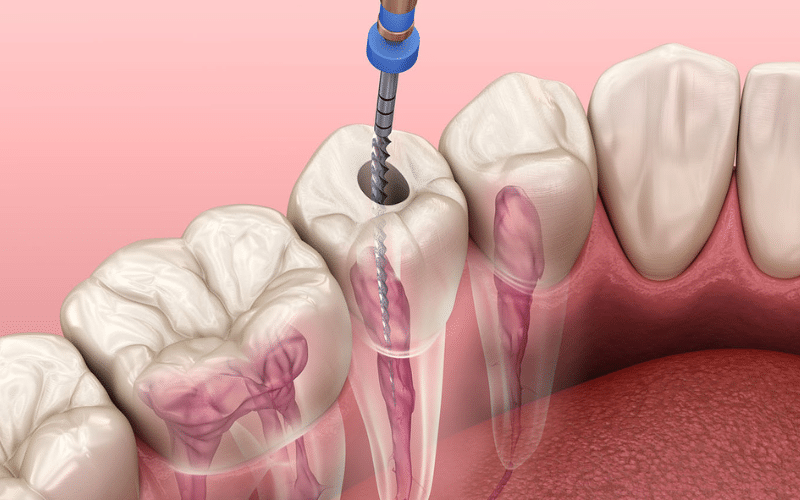
Gum disease, which is also known as periodontal disease, is an infection of the gums and tissue that surround and support your teeth. If left untreated, it can become very serious and lead to tooth loss. Fortunately, there are a number of different methods that can be used to diagnose and treat gum disease. In this article, we will discuss how to diagnose and treat gum disease with five different methods.
Diagnosing Gum Disease
The first step in treating gum disease is to accurately diagnose it. There are several different ways that a dentist can diagnose gum disease, including x-rays, visual examinations, and probing the gums. X-rays can help detect bone loss, which is a sign of advanced periodontal disease. Visual examinations can help detect signs of inflammation, bleeding, and recession. Finally, probing the gums helps the dentist measure the pockets around each tooth to determine if there is any damage to the tissues that support the teeth.
X-Ray Imaging
X-ray imaging is a type of diagnostic imaging that uses radiation to produce images of the inside of the body. X-ray imaging can be used to diagnose gum disease by detecting inflammation, bone loss, and other signs of periodontal damage.
Visual Examination
A visual examination is a procedure performed by a dentist in which they visually inspect the gums and teeth for signs of inflammation, bleeding, and recession. This type of examination is often used to detect the early stages of gum disease.
Probing The Gums
Probing the gums is a procedure performed by a dentist in which they use a special instrument to measure the pockets surrounding each tooth. These pockets are the spaces between the teeth and gums. Probing helps detect signs of periodontal disease, such as inflammation and bone loss.
Treating Gum Disease
Once gum disease has been accurately diagnosed, it can be treated with a variety of different methods depending on severity. Here are five different methods that can be used to treat gum disease.
Scaling and Root Planning
Scaling and root planning is a procedure in which the dentist removes plaque and tartar from the teeth. This helps remove bacteria that can cause periodontal damage. The dentist may also smooth the roots of the teeth to prevent further infection.
Antibiotics
Antibiotics can be used to treat gum disease by killing the bacteria that cause periodontal infections. These antibiotics may be applied directly to the gums or taken orally.
Surgery
In some cases, surgery may be necessary to treat gum disease. Surgery involves removing the gums from around the teeth in order to allow for a better cleaning of the roots. This can help prevent further damage and infection.
Laser Therapy
Laser therapy is another method that can be used to treat gum disease. This type of therapy uses specialized lasers to target and destroy bacteria that are causing periodontal infections.
Nutrition and Oral Hygiene
Another way to treat gum disease is through proper nutrition and oral hygiene. Eating a balanced diet that includes plenty of fruits, vegetables, and whole grains can help keep your gums healthy. Additionally, brushing twice a day with fluoride toothpaste and flossing regularly can help prevent the buildup of bacteria and plaque.
Conclusion:
Gum disease is a serious condition that can lead to tooth loss if left untreated. Fortunately, there are several different methods that can be used to diagnose and treat gum disease. X-rays, visual examinations, and probing the gums are all useful tools for diagnosing gum disease. Treating gum disease can include scaling and root planing, antibiotics, surgery, laser therapy, and proper nutrition and oral hygiene. Taking the time to understand these methods of diagnosis and treatment is essential in order to help prevent further damage to your teeth and gums.
FAQs
Q: What is gum disease?
A: Gum disease is an infection of the tissues that support the teeth. It can cause inflammation, bleeding, and recession of the gums.
Q: How is Gum Disease Diagnosed?
A: Gum disease can be diagnosed with X-rays, visual examination, and probing of the gums.
Q: What are some common treatments for gum disease?
A: Common treatments for gum disease include scaling and root planing, antibiotics, surgery, laser therapy, and proper nutrition and oral hygiene.





